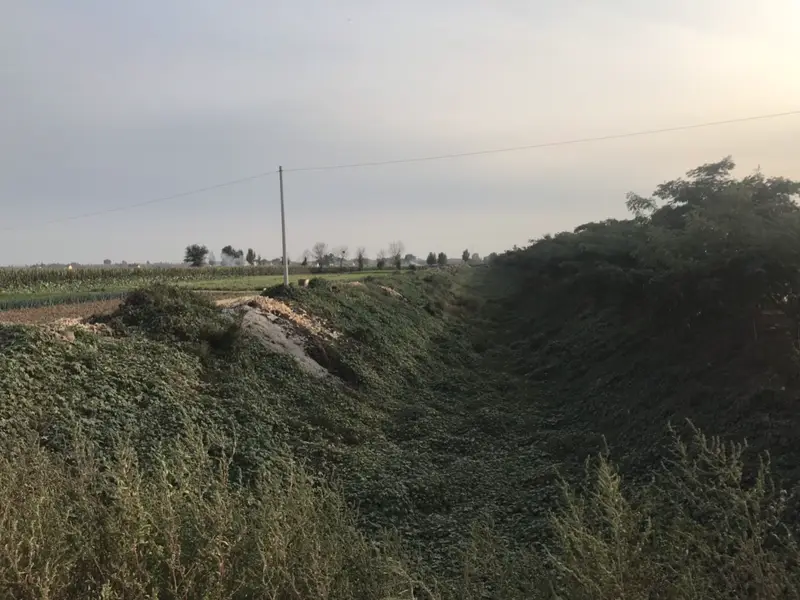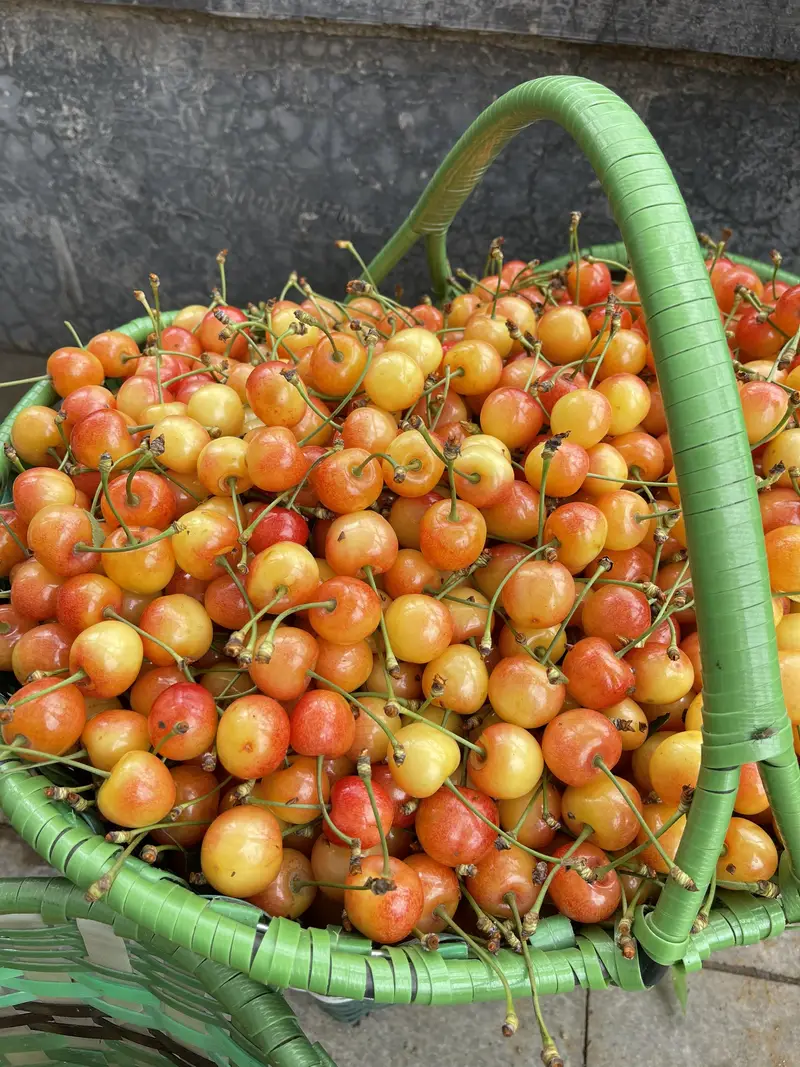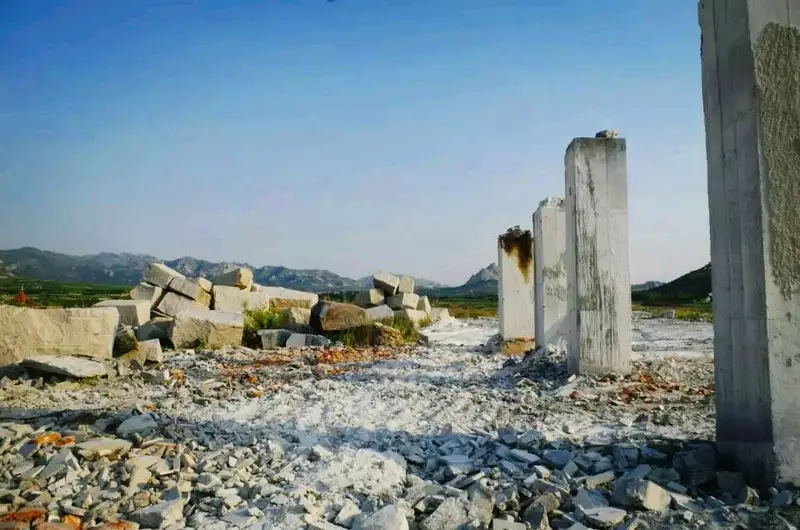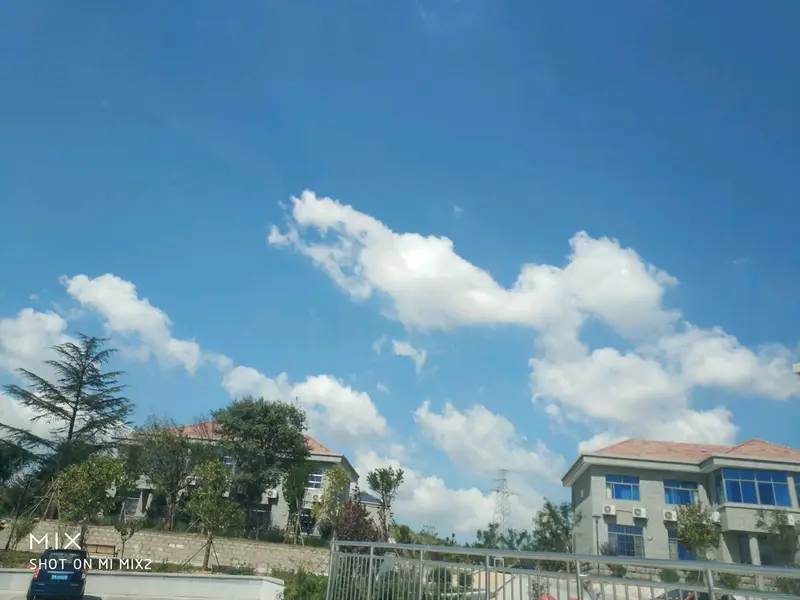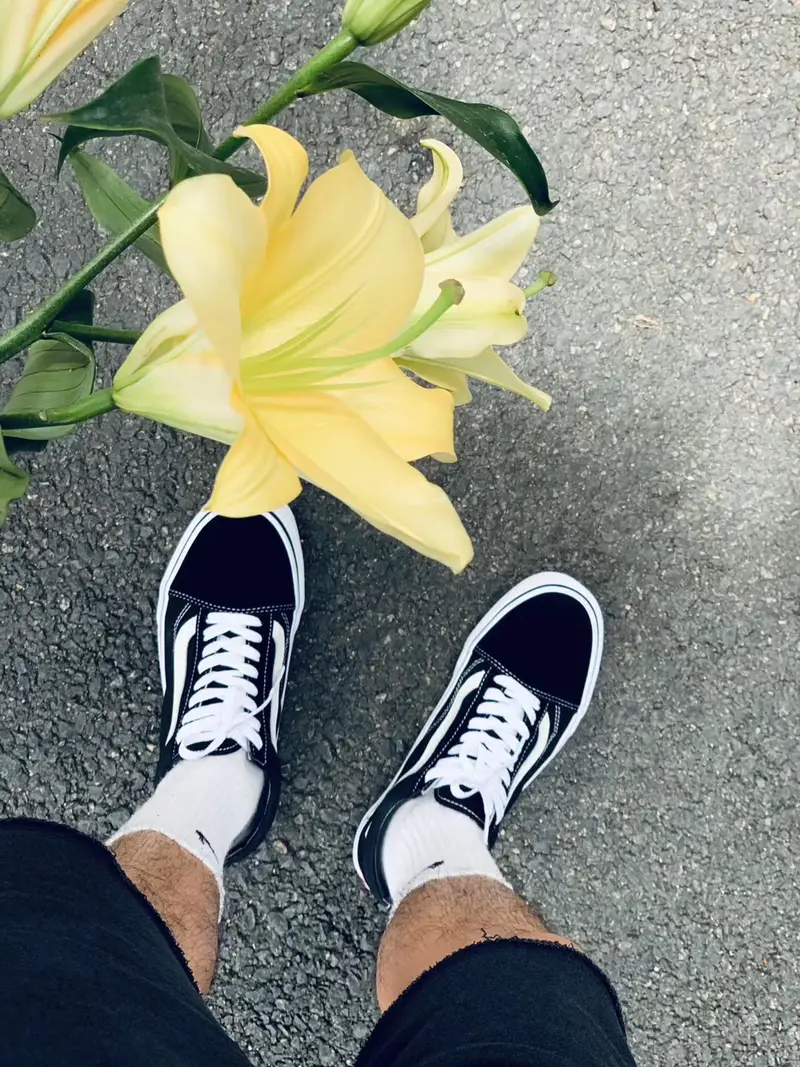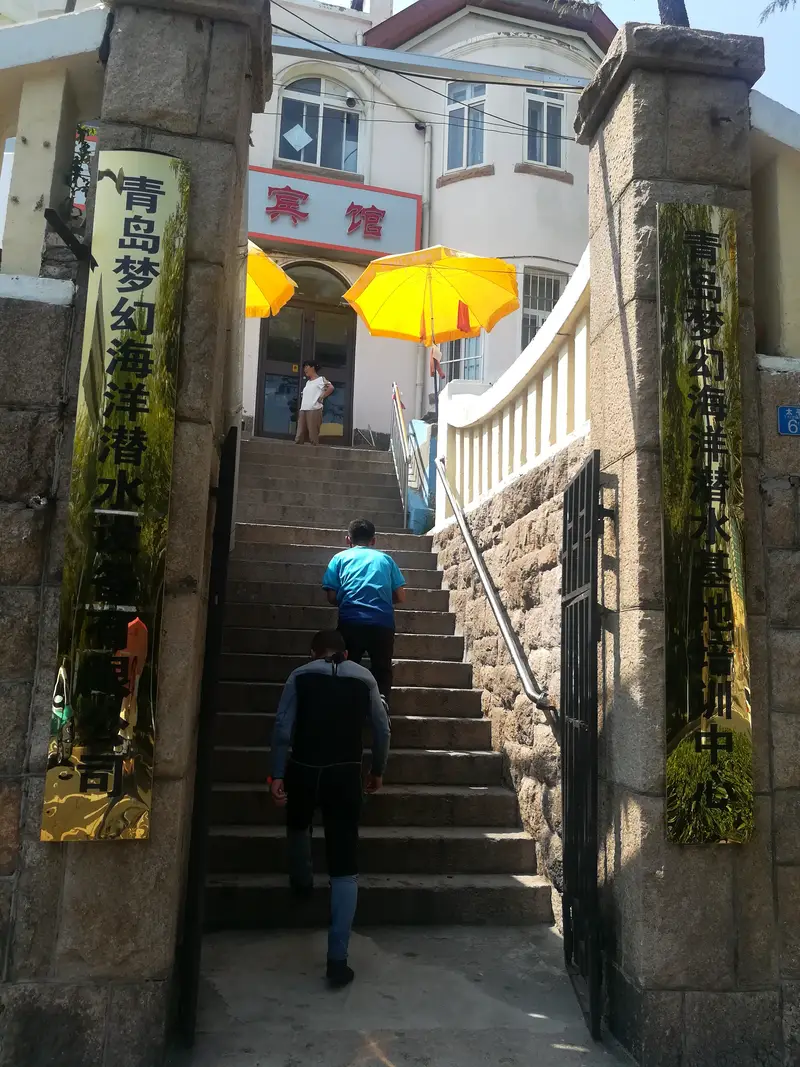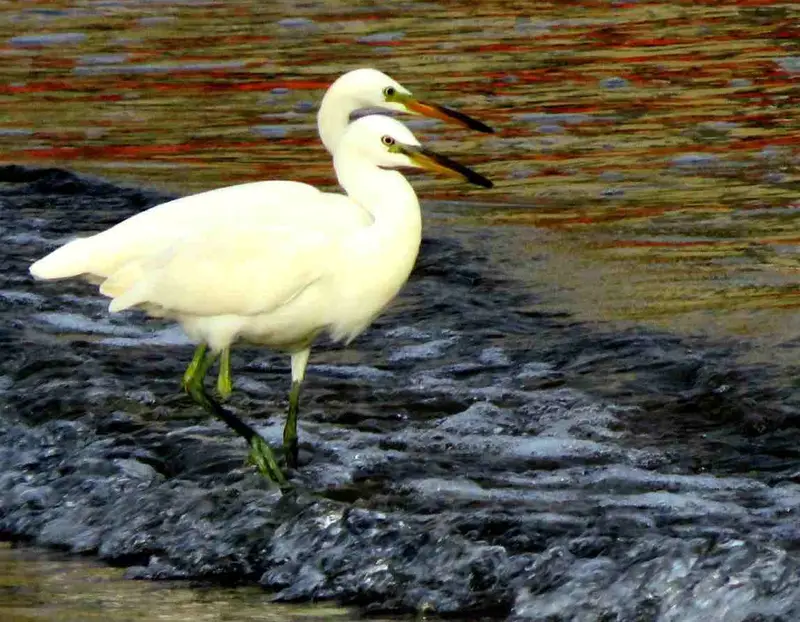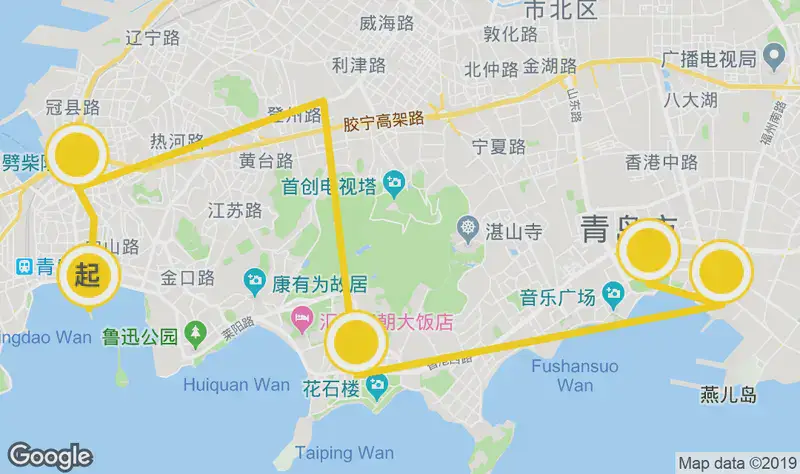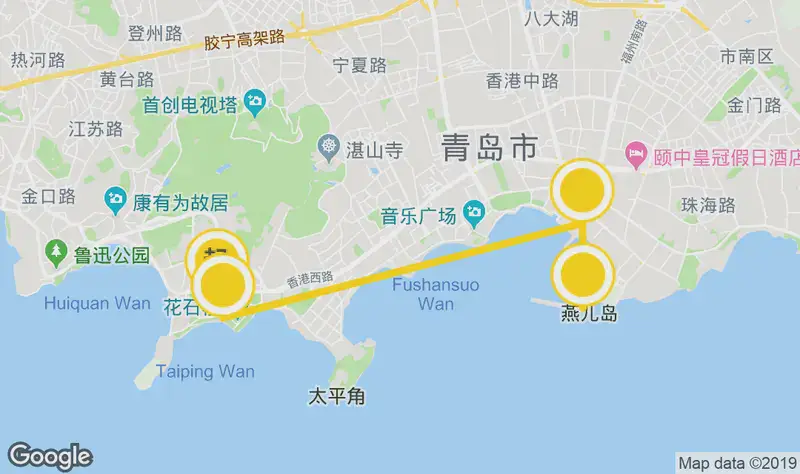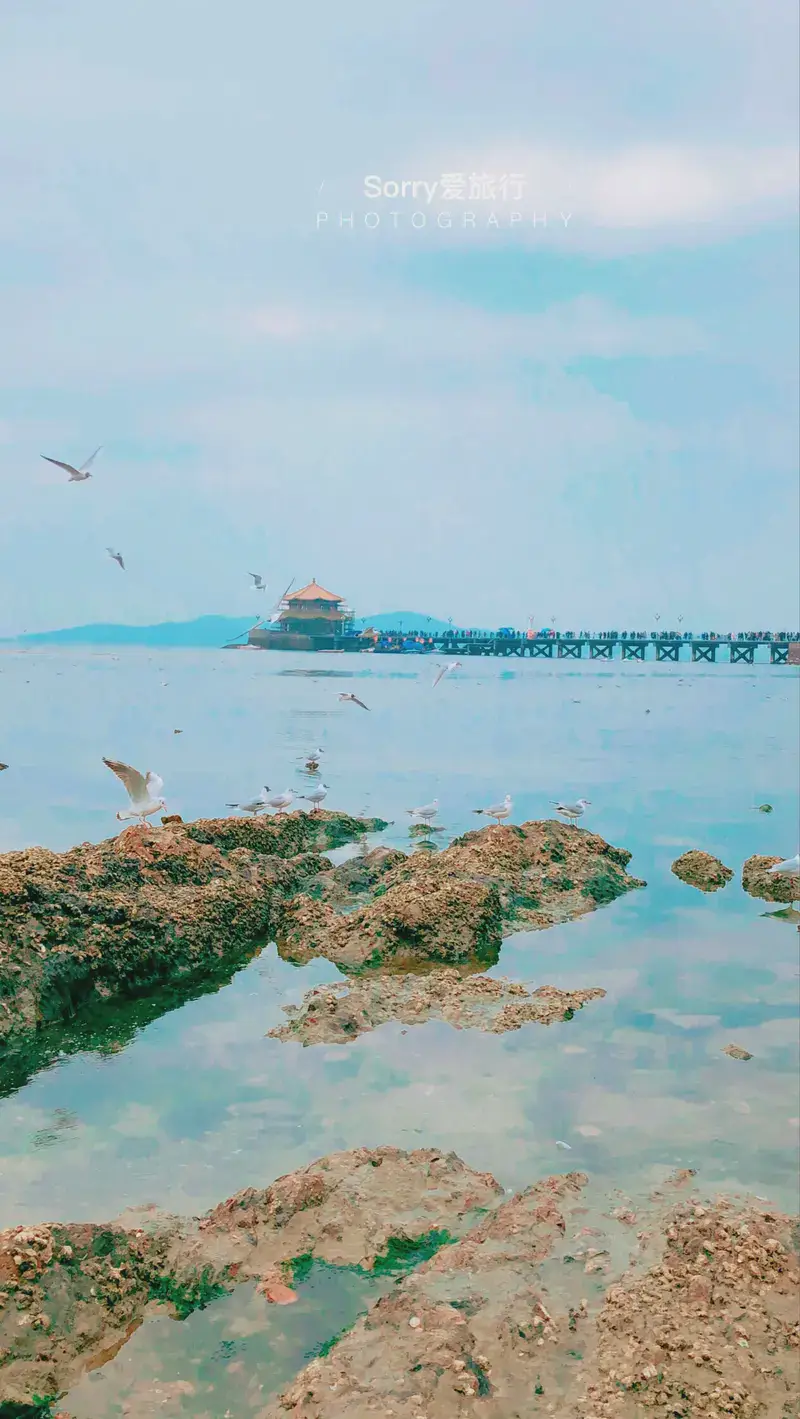Ji’Mo Ancient City Site, also known as Zhumaocheng or Kangwangcheng, sits in Qianzhumao Village, Pingdu City, Qingdao. It’s about a 30-kilometer drive from downtown Pingdu, nestled near the ancient Xian Town. The site gets its name from the nearby Ink River (a nod to its historic link to the “Ji’Mo” name). To get here, you’ll need a car or a taxi—public transport isn’t direct, but the scenic drive through rural farmlands makes it worth the effort.
Natural Scenery
The area around Ji’Mo Ancient City is peaceful and green. The Ink River winds nearby, and in spring, wildflowers and rapeseed fields create a golden blanket. During autumn, rice paddies glow under the sun, offering a calming contrast to the weathered stone walls. It’s a quiet escape from busy city life, perfect for strolling or snapping photos of nature and ruins blending together.
Historical Vibes
This place is a treasure trove of history! Built in the Spring and Autumn Period (around 770–476 BCE), it was once the capital of the Jiaodong Kingdom during the Qi State. The city thrived until the Sui Dynasty (around 581–681 CE) when it was abandoned. Today, you can still see parts of the Han Dynasty walls—both inner and outer sections remain.
Artifacts unearthed here tell even more stories. In the 1980s, archaeologists found 28 kilos of “Yanmingzi Currency Knives” (ancient coins) and tools like crossbows, swords, and axes. These relics are displayed locally, giving visitors a glimpse into life over 2,000 years ago.
Cultural Significance
Ji’Mo Ancient City wasn’t just a random settlement—it was a political, economic, and cultural hub for northern Qingdao. Its status grew alongside the Qi State, making it a mini-capital for the region. Walking the site, you can imagine traders, soldiers, and scholars crossing its paths. For history buffs, it’s like stepping back in time!
Practical Tips
- Visiting Hours: The site is open daily, but check local guidelines.
- Guides: English-speaking guides might be rare, so read up beforehand or use translation apps.
- What to Bring: Comfy shoes (the terrain is uneven), water, and sun protection.
- Facilities: Expect basic amenities—there’s a small visitor center with maps, but don’t expect cafes or gift shops.
Exploration Experience
Wandering through Ji’Mo Ancient City feels like a mini-adventure. Climb the remaining walls for views of the river and fields, or join a guided tour to learn about the Han Dynasty’s rise and fall. Families with kids can hunt for ancient stones or try sketching the ruins. Photography lovers will enjoy capturing the mix of nature reclaiming the old city—grass growing between cobblestones, birds nesting in wall cracks.
A visit here takes half a day, but history enthusiasts could easily spend longer. Pair it with a trip to nearby Pingdu attractions, like tea plantations or mountain trails, for a full-day cultural journey.
Final Thoughts
Ji’Mo Ancient City Site isn’t a flashy tourist spot, but its raw history and tranquil setting make it special. Whether you’re into ancient China, nature, or off-the-beaten-path trips, it’s a unique stop. Just arrive with patience (and bug spray for summer visits!) to soak in over two millennia of stories.


